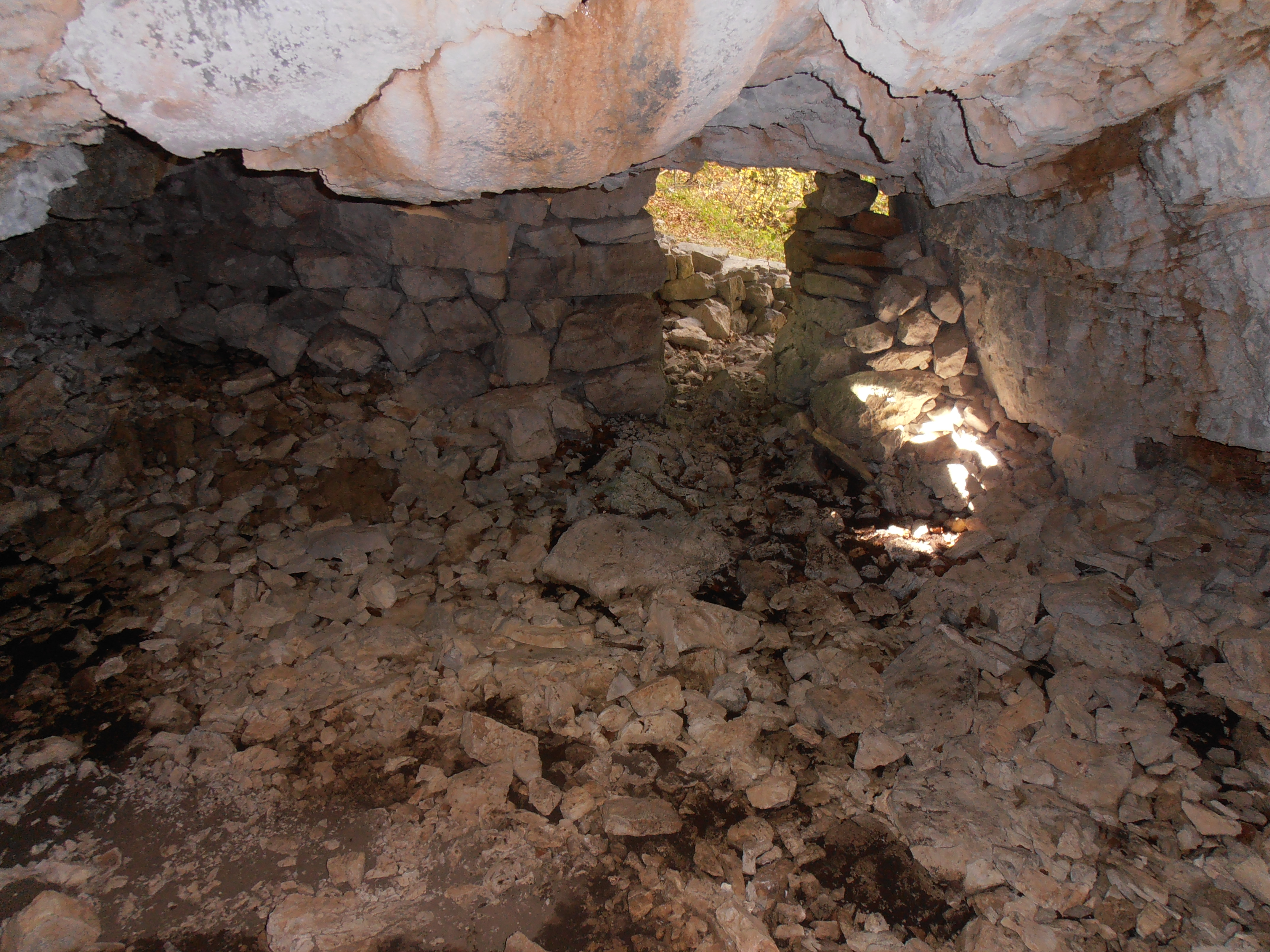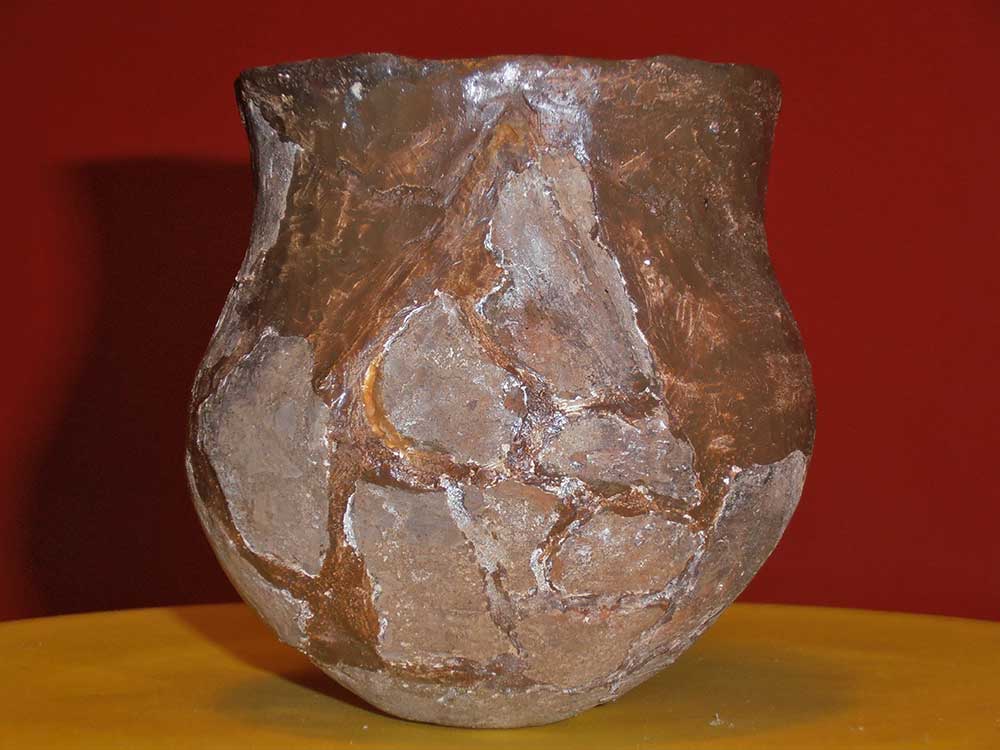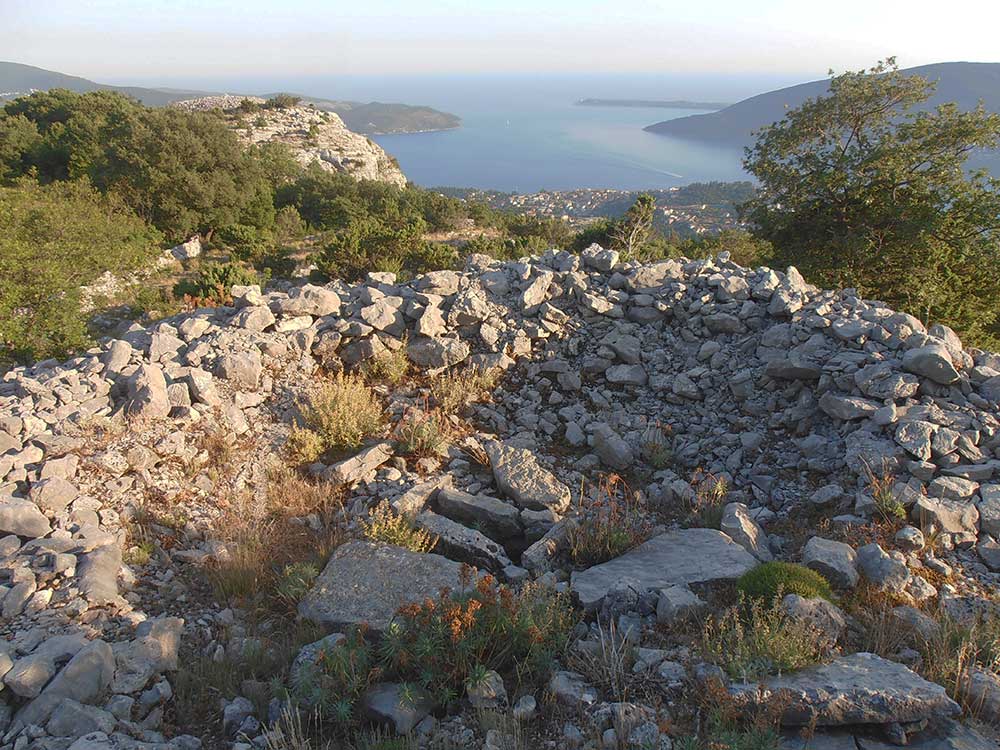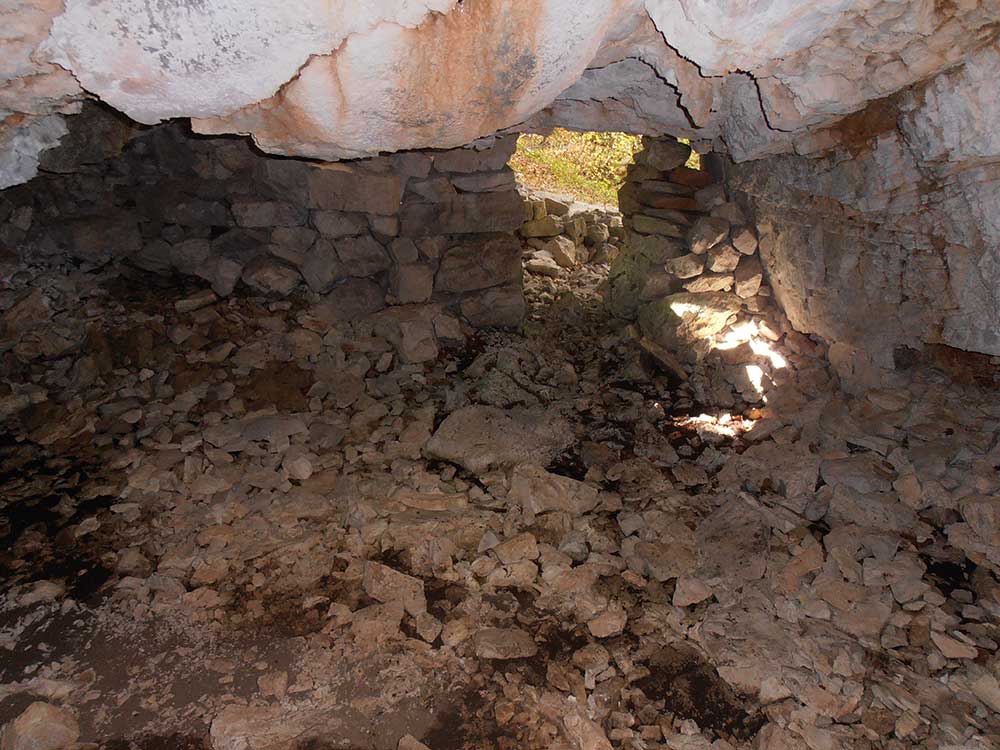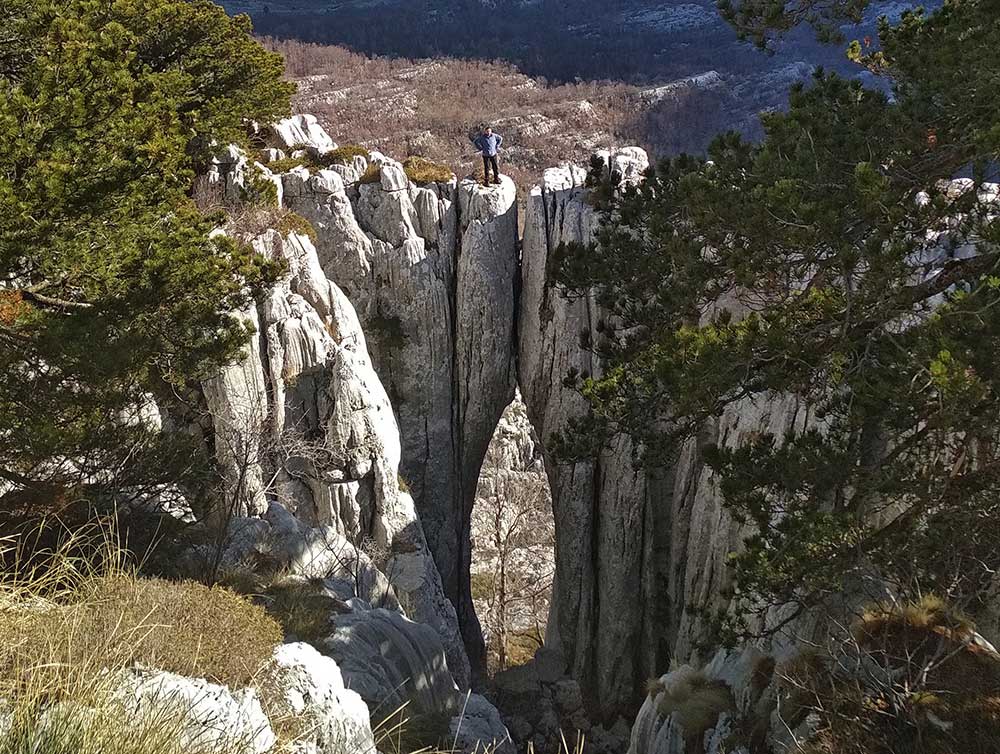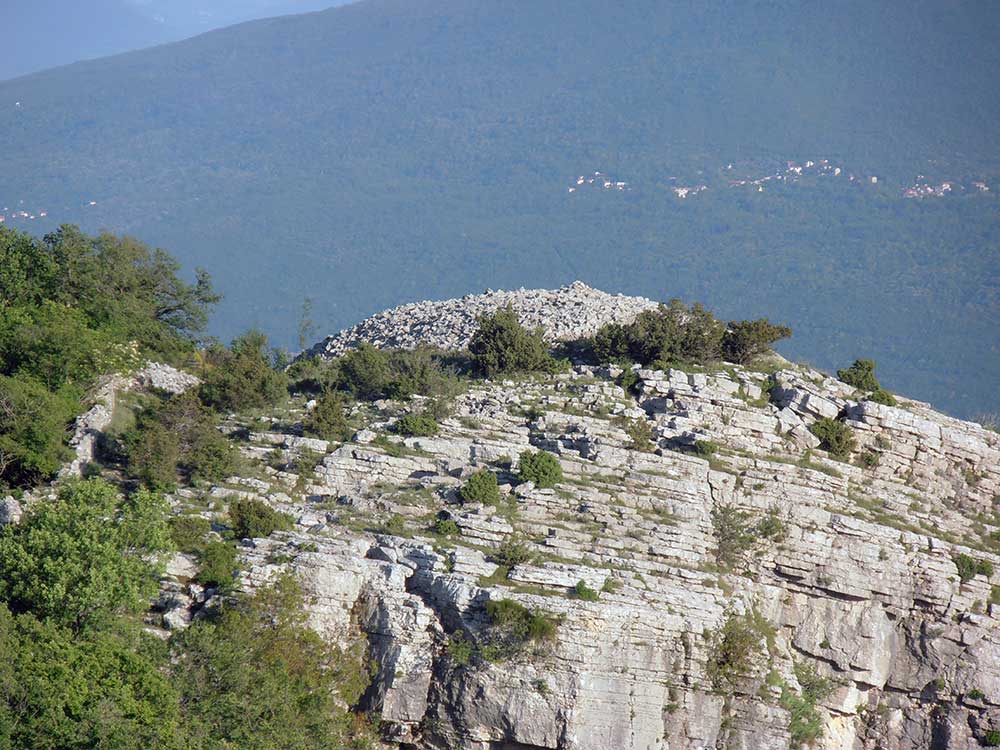Archeology
In fact, up to that period,numerous herds had been cruising all over the mountain, and shepherds used to find the shelter in the caves. From time to time, caves were used for hunting, but also in the times of war. One of the speleological places with this background is a rock-cave near Zlijebska jama, where there were found fragments of prehistorical ceramics, similar to those found in the rock cave Vranjaj. There is also a small cave with an opening made of assembled stone blocks. It is obvious that it was used for keeping cattle during summer. The place was hidden from wild animals, it was approachable from the southern side, where it was easy tobuild a fence.Water supply was available from the nearby pithole. Wooden ledders were used to get down the pit and take an amount of snow,that would melt into water. It is interesting to mention the recent case when the rough piece of pottery was found near the peak Subra (1679m),which cronologicaly belongs to the period between prehistorical and middle age. It is interesting that this piece of pottery was found in this isolated place. Anyway this piece of poterry is evidence that this region was inhabited either for economic, strategic or even cult objectives.
The egde of Orjen embraces a belt of prehistoric iliric tumuli, formed mostly in exposed places-viewpoints. They are at external area of today’s villages, which leads us to a conclusion, that settlements in the distant past were placed at similar locations. They can be found near the villages Krusevice, Kameno, Zlijebi I Ubli. Tumuli were built of stone with one or more graves. Modest grave goods are indicating that people were poor. They used to keep goats and therefor their nickname “kozari”(goat herders).


